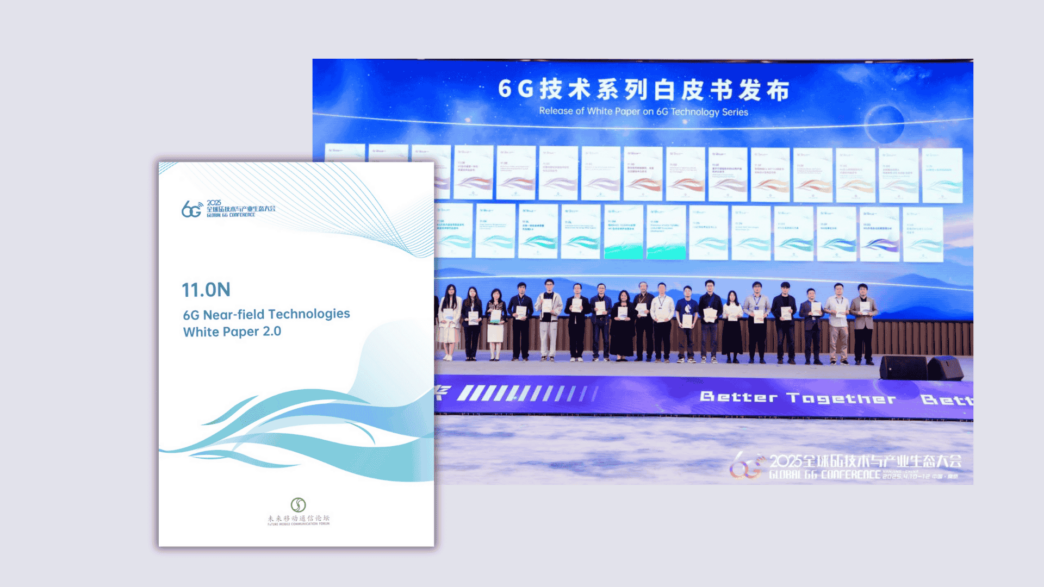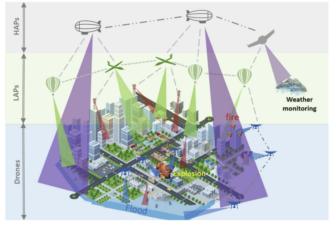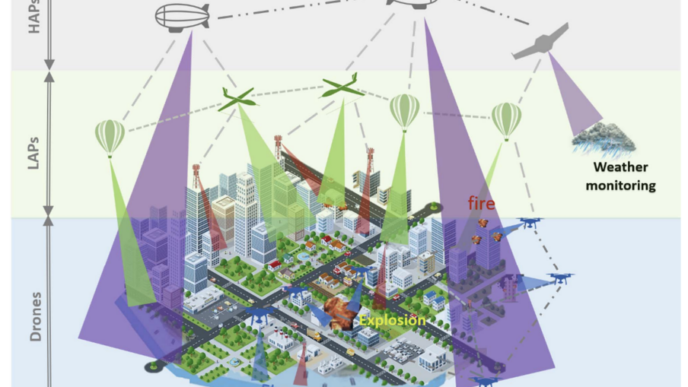At the 2025 Global 6G Technology and Industrial Ecosystem Conference held in Nanjing, China officially released a set of three coordinated whitepapers on Reconfigurable Intelligent Surfaces (RIS)—a key enabler in future 6G networks. The whitepapers, titled RIS Channel Modeling and Simulation, RIS Standardization Analysis, and Analysis of RIS Field Test Results, offer a multi-dimensional snapshot of RIS technology as global 6G standardization prepares to enter a new phase in June 2025 under 3GPP.
Led by contributions from China Mobile, China Telecom, China Unicom, and other industrial stakeholders, the whitepaper series is positioned to inform the global standards process and provide engineering-level insight into RIS performance and readiness.
The Channel Modeling and Simulation whitepaper proposes a new modeling framework based on 3GPP TR 38.901, integrating realistic base station–RIS–UE paths and physical models like radiation patterns and near-field propagation. It also presents simulation scenarios that evaluate RIS deployment size, interference impacts, and spatial consistency—all critical for validating RIS benefits in practical networks.
The Standardization Analysis whitepaper takes a layered view of RIS functions, distinguishing between basic and enhanced capabilities, and examining transparency at the UE interface. It identifies control responsibilities between the network and RIS elements, aiming to simplify RIS protocol design while supporting future performance optimization. This perspective is intended to build consensus and accelerate RIS inclusion in global standard frameworks.
The third paper, focused on Field Test Results, reflects the maturity of RIS prototypes and trials in both indoor and outdoor environments—such as stadiums, office buildings, urban streets, tunnels, and riverfronts. Verified use cases include integrated sensing and communication (ISAC), user mobility with multi-RIS setups, and RIS-assisted positioning and security. The report concludes with a proposed evolution path for RIS from prototype to commercial-grade deployment in 5G-A and 6G contexts.
Why it matters:
These coordinated whitepapers mark a transition from RIS theory to practice, offering a shared reference as 6G standardization shifts from conceptual exploration to concrete definitions. The documentation of channel modeling, standardization design, and real-world performance provides much-needed structure for an area still seen as technically promising but operationally complex.
As the global community approaches 6G standardization, RIS is expected to play a central role in enabling programmable wireless environments—boosting coverage, energy efficiency, and spectral performance. These whitepapers position China as a frontrunner in shaping the RIS agenda and provide actionable content for global stakeholders evaluating RIS for next-generation networks.














